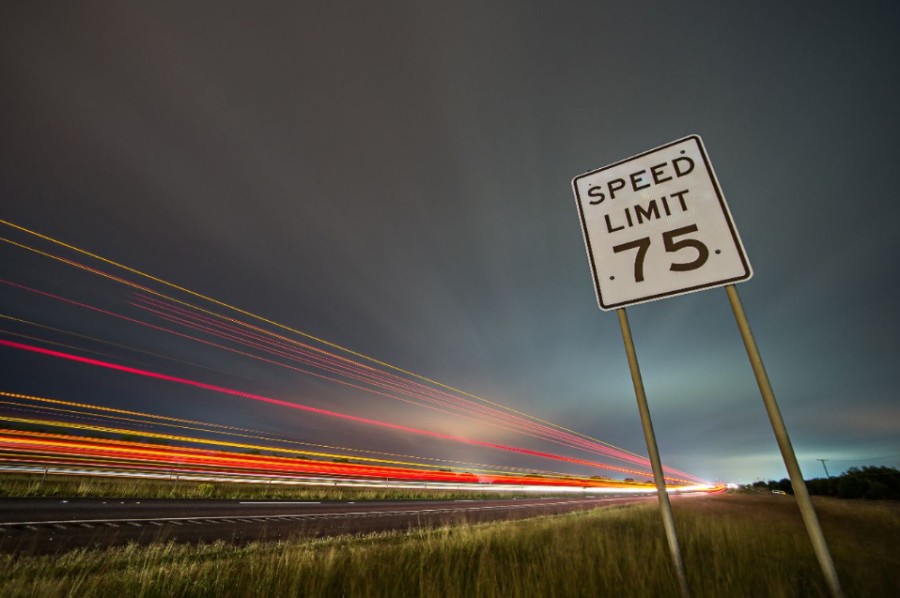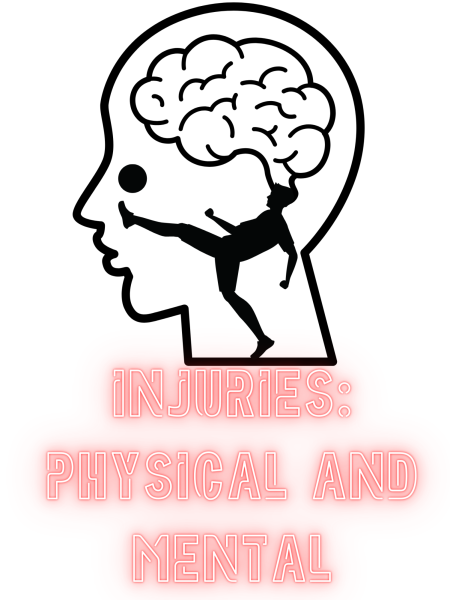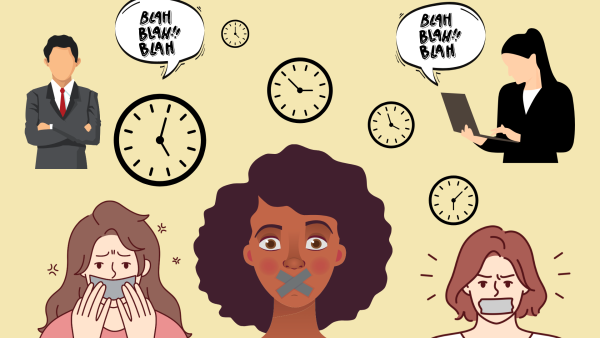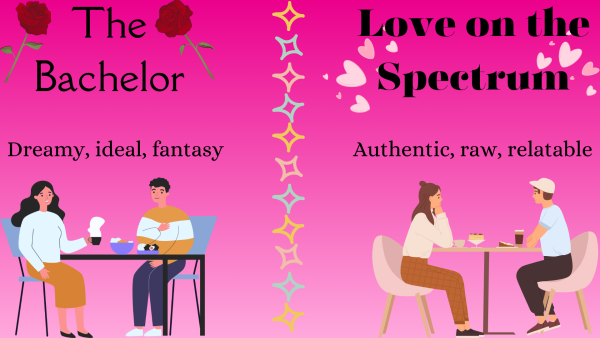A safer environment for driving begins at 20 mph
Some argue so and others argue otherwise; regardless, the road is always about safety first.
In Skokie, the average speed limit in suburban areas is 25 miles per hour. In rural areas and 4-lane highways, roads are 55 and 65 mph. In alleys, the speed limit is 10-15 mph. As for Chicago and other urban areas, the city’s speed limit is 30 mph. We think these are fair, right? Wrong. It’s common for people to exceed past these limits on the roads, yet it’s common for a pedestrian to blame on themself for not being cautious. If speed limits could be reduced to 20 mph for urban and suburban roads, there would be fewer crashes, smoother driving and overall a safer environment for pedestrians and bikers.
Sure, maybe driving a few miles above the speed limit would save you a couple of minutes of driving. But when was the last time you went above the speed limit so you’d avoid a bunch of red lights? It’s only those ‘close calls’ that people make when they think speeding up at a yellow light is the right thing to do when in reality, they have to dangerously slow down behind another car because there’s another red light coming. To make it clear: speeding doesn’t change a thing. You’re more likely to drive for prolonged periods if you went at a consistent speed below 25 mph, as shown with Aaron Gordon’s cab driver. New York had lowered the speed limit in urban areas to 25 mph and re-timed the traffic lights, so if a driver went at exactly 25 mph, they’d hit nothing but green lights.
Additionally, studies show that not only the unspoken 10% rule is illegal, of course, but when somebody gets killed because of a vehicle speeding just above the limit (even if it’s not by that much), the driver could face criminal liability and charges, such as vehicular manslaughter, even if it was just a man who was running late for work.
And, of course, who’d feel safer going at 80+ mph on the highway versus 60 mph, or going 40 mph on a 25 mph road? It’s about every day that I’m alongside drivers on the road who look like they’re going 10-20 miles above the speed limit, and they make it look like it’s the right thing to do since nobody wants to get honked at for going too slow.
However, even if Skokie’s speed limits were to drop to 20 mph tomorrow, as shown with New York City by Aaron Gordon, nothing would be accomplished. It would just be another sign that drivers would ignore. The grasp is to make drivers feel uncomfortable going any faster; in singular lanes or two will drivers go slower because that’s when you’d find biker lanes and more crosswalks, as three or four-lane roads want you to go faster. That’s why there are not only more lanes but the roads are very smooth, making a perfect trip for you to ignore the speed signs and go as fast on the freeway as you want.
So instead of providing more road space for drivers that encourage them to break the law, how about opening up more space for pedestrian crosswalks and spaces such as parks and biking lanes? Users who don’t use a car feel safer in a 20-25 mph zone than they do on a highway or freeway, of course. Our roads are supposed to be for everyone to feel safe, not for people running late for work.

Grace is a Junior at Niles North. She joined NSN after a spark of interest in journalism as a future career and writing as her favorite hobby.








Cynthia Fey • Mar 24, 2023 at 1:19 pm
Preach! The new Illinois law to stop for pedestrians in the crosswalk, not merely yield, is another example of a law drivers love to ignore. Having visited California where I was astounded to see drivers stop on a dime to allow walkers to cross the street, I have hope that we can change our dangerous driving habits!